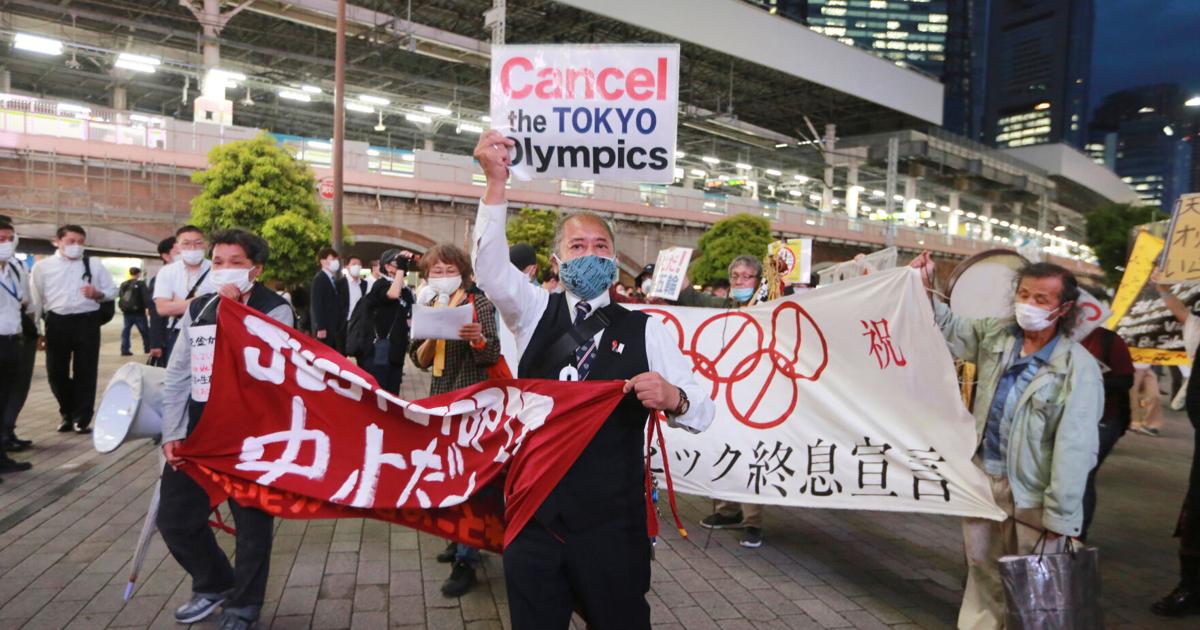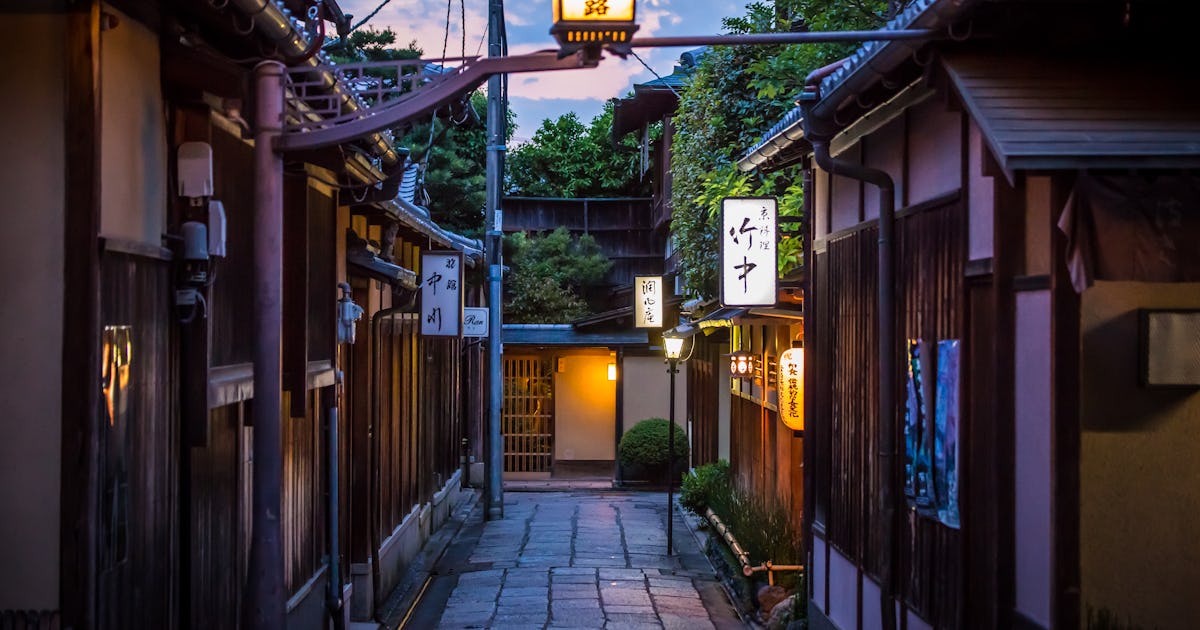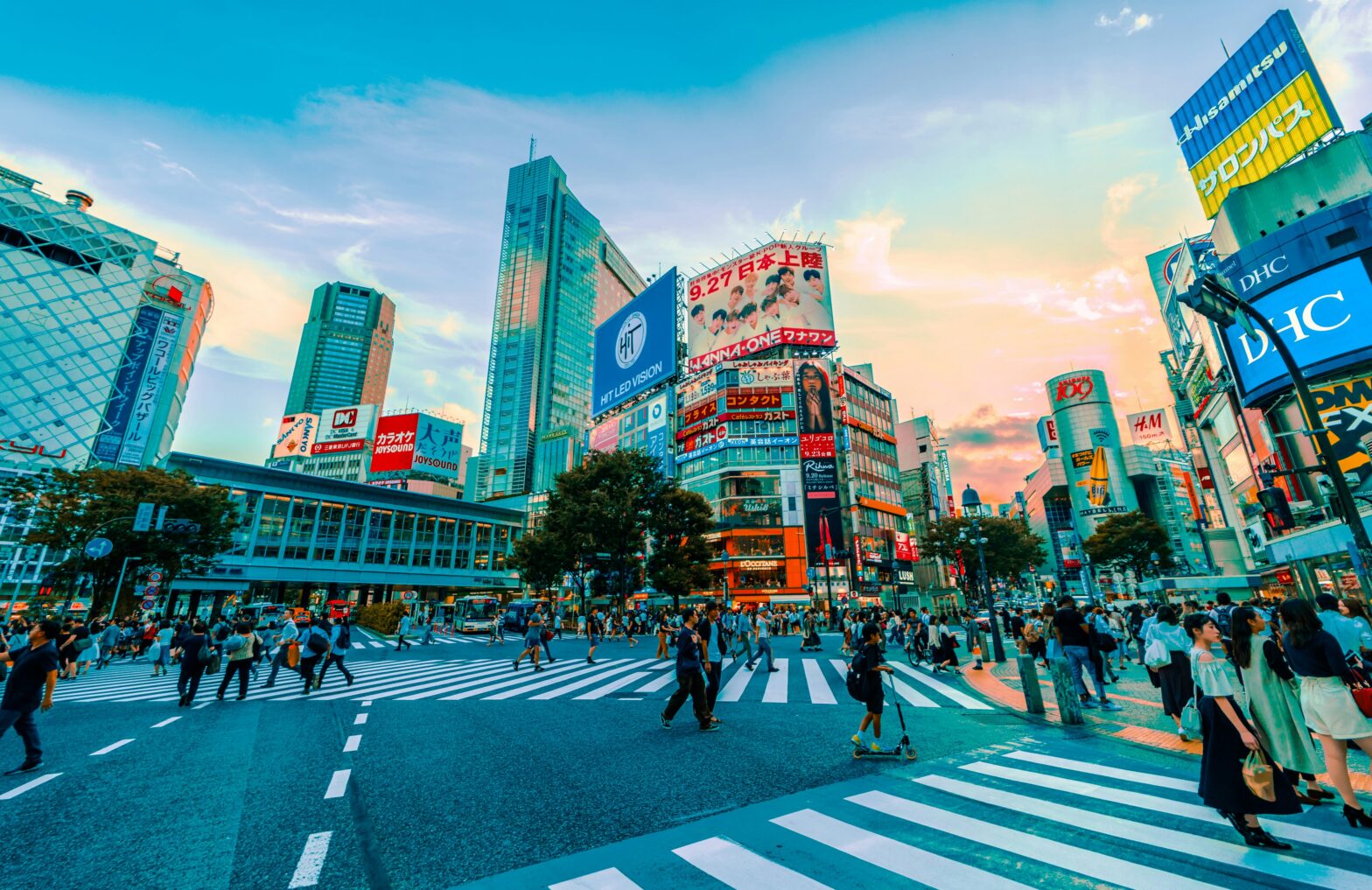
Japan is composed of 4 main islands, Honshu, Shikoku, Kyushu, and Hokkaido. Visiting and exploring them is a wonderful feat, but have you ever thought of trying to start from one end of the country and finish at the other in one go? We sat down with Oscar Boyd, who did just that, and dove into the adventure that is cycling the length of Japan.
Hello! Thank you for joining us. To start us off, could you please give us a short introduction of yourself?
Hello, and happy new year. I’m Oscar Boyd and I recently cycled the length of Japan, a 3,000km journey across all four of Japan’s main islands and through some of the most beautiful parts of the country. I filmed the ride, and turned it into a 45-minute film that I hope shows off the fun of the adventure and the beauty of Japan. You can watch the documentary on YouTube.
I lived and worked in Japan between 2016 and 2022 as the travel and food editor at a newspaper called The Japan Times, and also presented a podcast called Deep Dive.
For those who are unfamiliar, how did your interest in Japan and Japanese culture come to be?
After finishing my studies at Oxford University, I received a scholarship to spend a few months studying Japanese at a university in Fukuoka. I knew almost nothing about Japan at that point and had no idea what I was getting into. I’ve always loved hiking, but didn’t appreciate how mountainous Japan was until I arrived in Fukuoka. I made it my mission to try and climb every mountain I could see from my dorm room window. Those first adventures were amazing, for the hiking, but also everything that comes with it: the people, hot springs and food.
Can you tell us about your cycling adventure from the southernmost point to the northernmost point of Japan?
In May 2024, I set out with a friend from Mount Kaimon, one of the 100 famous mountains of Japan (hyakumeizan), located on the southern shore of Kyushu. From there we cycled nearly 3,000km in 27 days across all four of Japan’s main islands, and ended at Cape Soya, at the very northern tip of Hokkaido. It was a unique way to see the country, and took us away from the regular places most people visit (we chose to avoid Tokyo, Kyoto and Osaka). Instead we spent most of our time in quaint countryside villages, exploring the mountain roads and stumbling across secluded shrines that looked like they hadn’t been visited for decades. Cycling is a brilliant way to explore Japan and see how the country changes from one region to the next.
Entering Kumamoto Prefecture
What was your inspiration for the trip?
Cycling is one of my favourite ways to explore. When I lived in Japan, I organised lots of 2-3 day cycling trips to places like the Shimanami Kaido, the length of Kyushu and through the mountains near Tokyo. I quickly realised how good Japan was for cycling, with loads of beautiful, well-surfaced mountain roads, great food to keep energy levels high, and easy access with good public transport. I started plotting a pan-Japan route that connected some of my favourite places for cycling and tourism with other places I’d never had the chance to visit, for example the Grand Shrines of Ise, one of the oldest and most important Shinto shrines in Japan.
How did you go about planning the trip – such as route, season, accommodation, etc?
We spent a long time planning, and I’ve written up a longer guide, including the full route, for anyone interested in following it.
There is only a limited window where you can cycle the full length of Japan because the climate at two ends of the country is so extremely different. The south is warm and tropical, the north is almost arctic. If you go too early in the year, the north will be covered in snow; if you go in the height of summer, the south will be too warm to cycle. The best time to go is around May, or October, when the weather is good at both ends of the country.
We plotted our route with a mixture of Strava, Google Maps, Apple Maps and Komoot. We compared all the different route options to balance speed and directness with finding quiet roads which wouldn’t have too much traffic. We organised accommodation mostly through websites like booking.com, and also some Japanese-language websites like Jalan and Rakuten Travel.
Can you describe a typical day on the road?
There was no one typical day 🙂 Every day was different depending on the area we were cycling through, what we stumbled across en route, and how much energy we had. One thing that was common across the trip was a big lunch — we were so hungry that we’d often double up with two different meals every time we sat down to eat. Katsudon followed by a big bowl of ramen, yes please!
Describe one of your favourite (or toughest) days of the 30 day trip.
This is so hard to choose, but my favourite day was probably also the toughest. Day 13, cycling through Nagano Prefecture and the Kiso Valley. It was one of the longest days (over 120km), had the most climbing (2,200m), and was incredibly beautiful. We were cycling through the Japanese Alps towards Matsumoto, the weather was gorgeous, we could see snow up on the high peaks around us, and every 10km or so we’d cycle through an old mountain village, with well-preserved wooden buildings and a selection of soba noodle restaurants to choose from. We didn’t make it to Matsumoto until sunset, and there we met a good friend who took us to all his favourite bars and music venues. All in all, a brilliant day.
What are some of the benefits of cycling in Japan?
Bicycle speed is a very human speed. You can take in the landscape as you go, and if you spot something interesting — a vine-covered torii gate, the scent of freshly made coffee, a cheering crowd watching a baseball match — you can easily get off your bike, spend a moment or two enjoying whatever you’ve discovered, and then continue on your journey. I know I keep talking about eating, but after pedalling 100km, you really feel like you deserve your meal at the end of the day, so you can take full advantage of the incredible food Japan has.
Any memorable meals during the trip?
We had just visited the Grand Shrines of Ise and were about to head up from the coast into the mountains. Before we did, we stumbled across a small fishing village, and a string of seafood restaurants serving the catch of the day. One of those restaurants had the biggest oysters I’ve ever seen. Each one was about 20cm long, and they were absolutely delicious. I’ll never forget those oysters.
Each island and prefecture of Japan has their own distinct culture, was there any place or experience that stood out to you?
I really enjoyed cycling through Shikoku, Japan’s fourth biggest island. There were some fantastic coastal roads, and all around us were orchards growing yuzu, kabosu and other citrus fruits. We spent a night in Dogo Onsen, on the outskirts of Matsuyama, at a wonderful hotel called Dougoya, where we were served the best breakfast of the trip, all locally grown organic vegetables. Unfortunately we had to race through Shikoku to keep to our schedule; I’d like to spend another few days exploring that island on a future trip.
You were able to get off the beaten path during your trip, do you have any location recommendations for people trying to do the same?
I’ve already mentioned the Kiso Valley – that was fantastic – but we also really enjoyed the coastal road (Route 7), that runs from northern Niigata Prefecture into Yamagata and Akita Prefectures. Truly off the beaten path was a small ryokan called Yuzaka in a town called Kazuno in Akita Prefecture. It was set up and run by a young couple who serve an entirely vegan menu from foraged mountain vegetables. It was a highlight of the trip, spending a cozy evening listening to the rain in a beautiful hotel in the middle of the Japanese countryside.
Any tips for people planning multi-day cycling trips in Japan?
Be prepared for all weather, especially if you’re cycling through the mountains. Make sure you pick up what’s called a rinko bukuro. This is a thin bag that can be used to cover your bike if you ever need to take it onto a train, a bus, or store it at a hotel. Your bike can get pretty dirty, and this will help keep things clean. You can buy one in Japan at Mont Bell, a popular outdoor store that’s in most major cities. Finally, eat, eat, eat!
Thank you for talking with us!
Thank you very much.
You read Oscar’s more detailed how-to guide here and watch his documentary on the journey here!
link


















